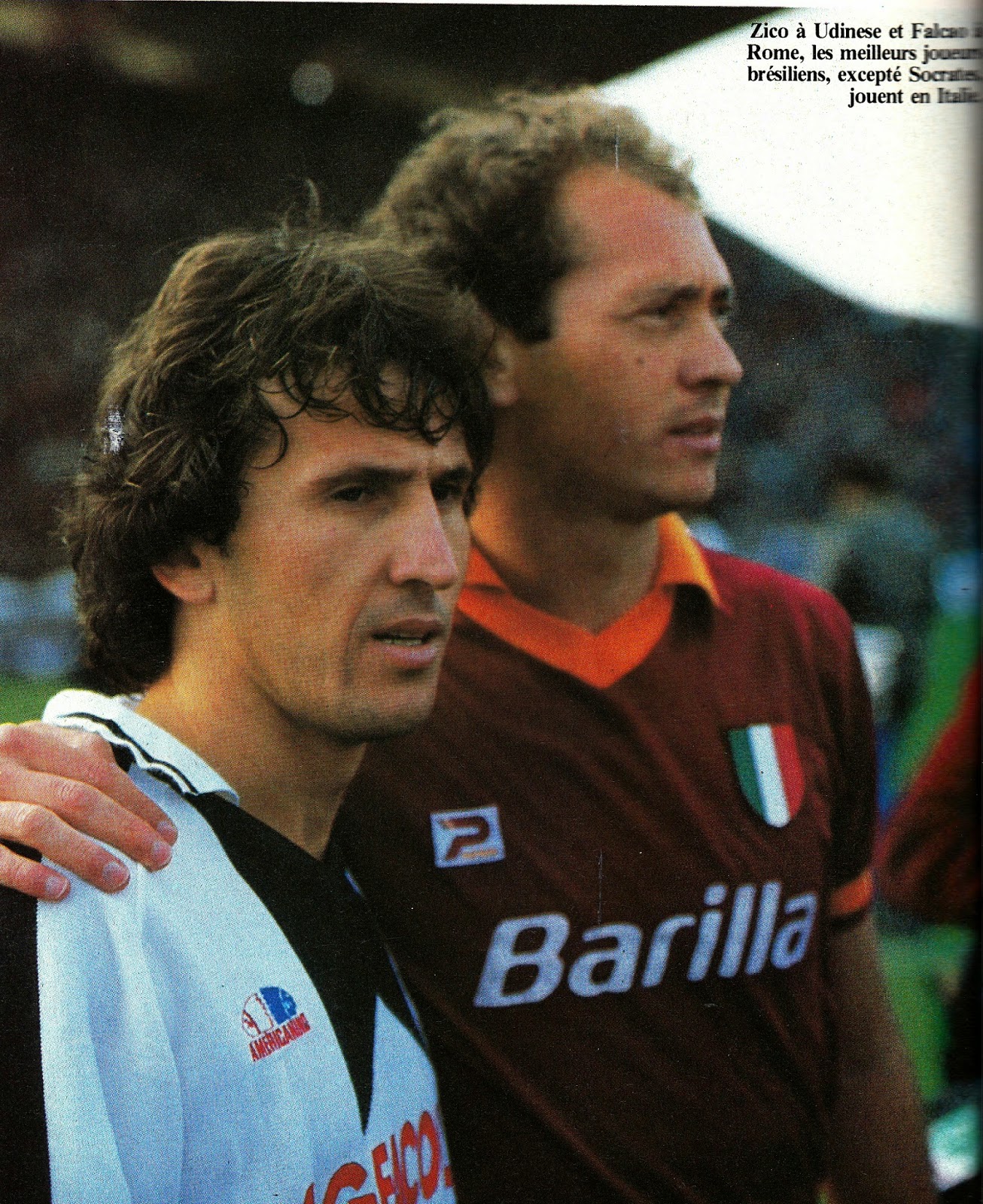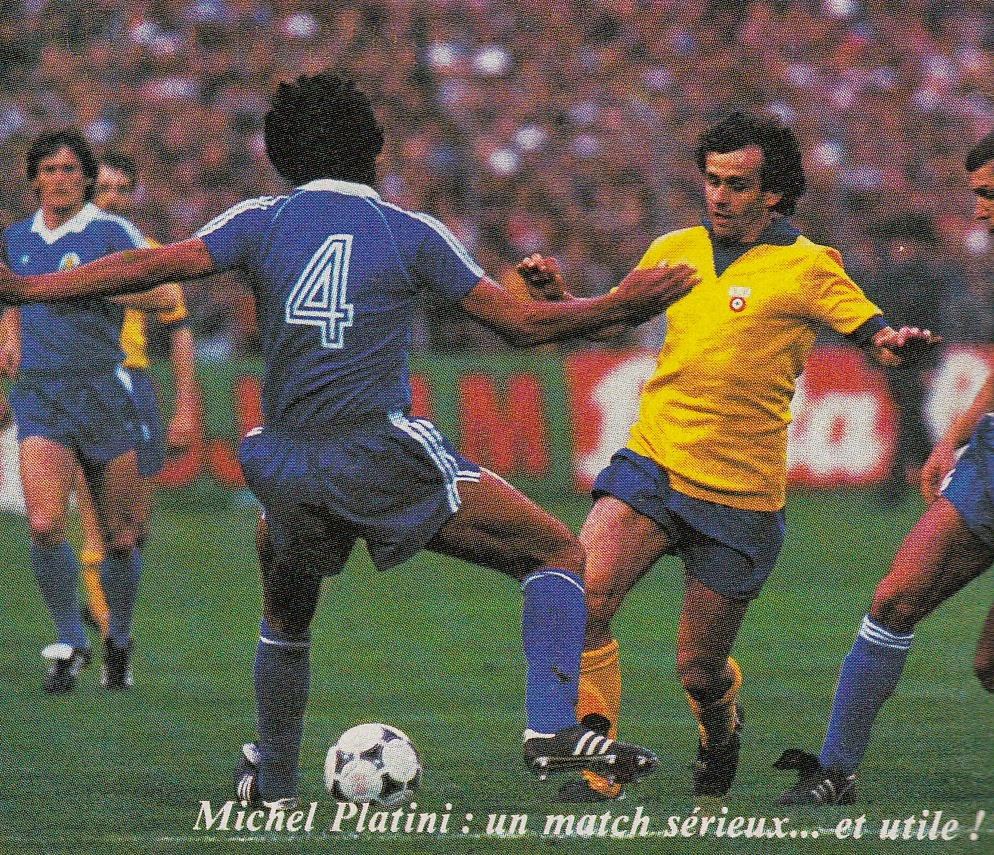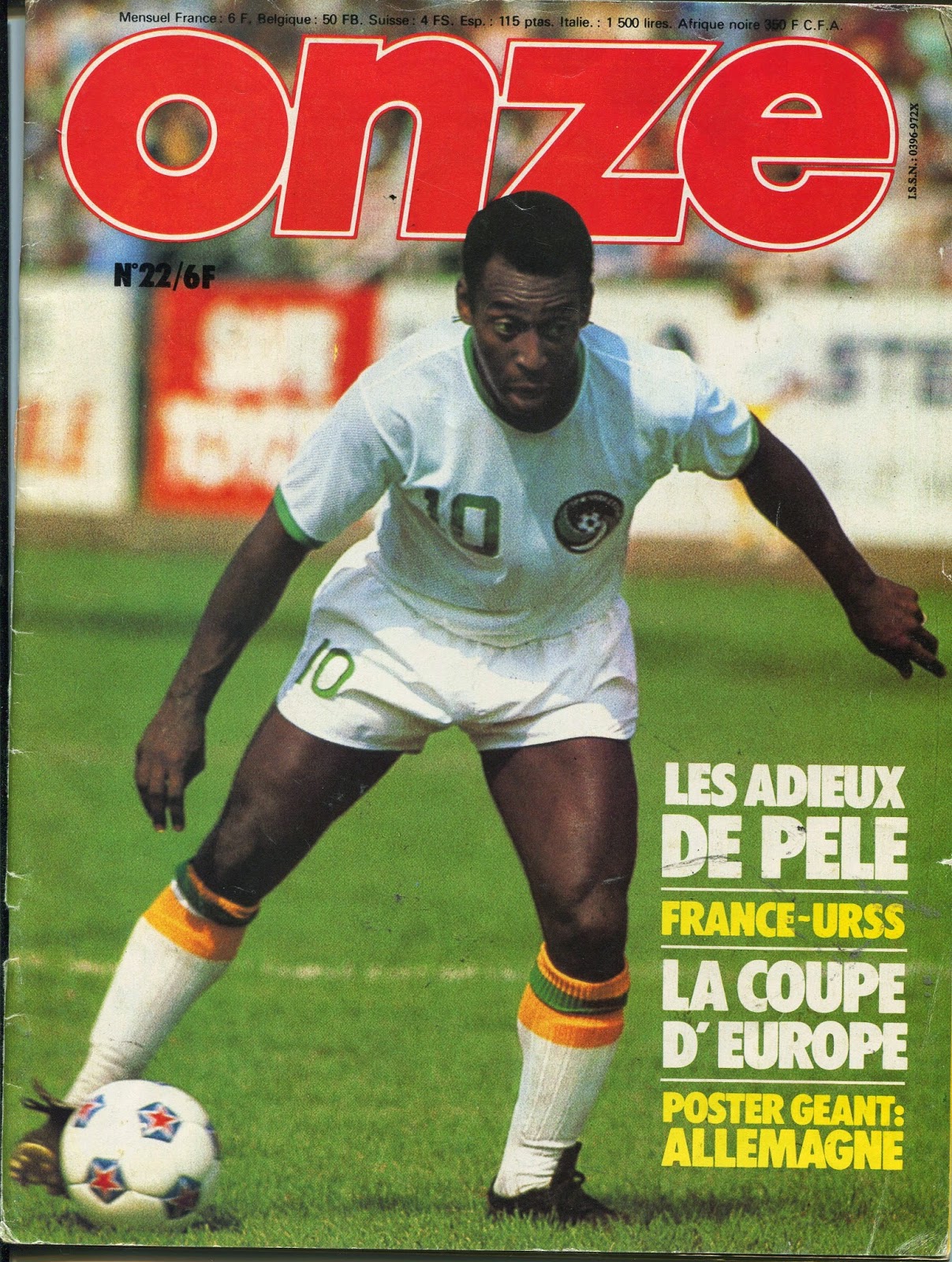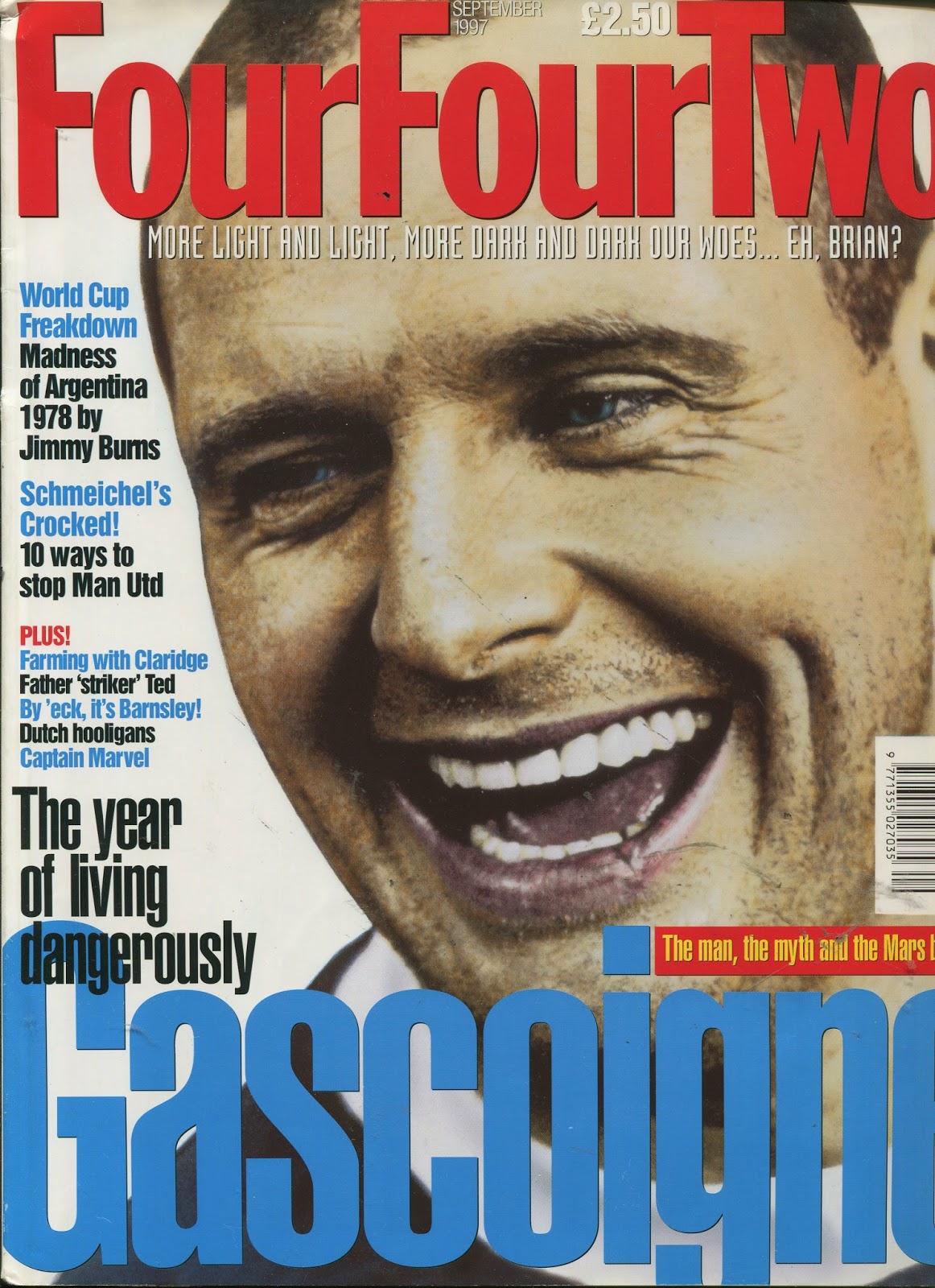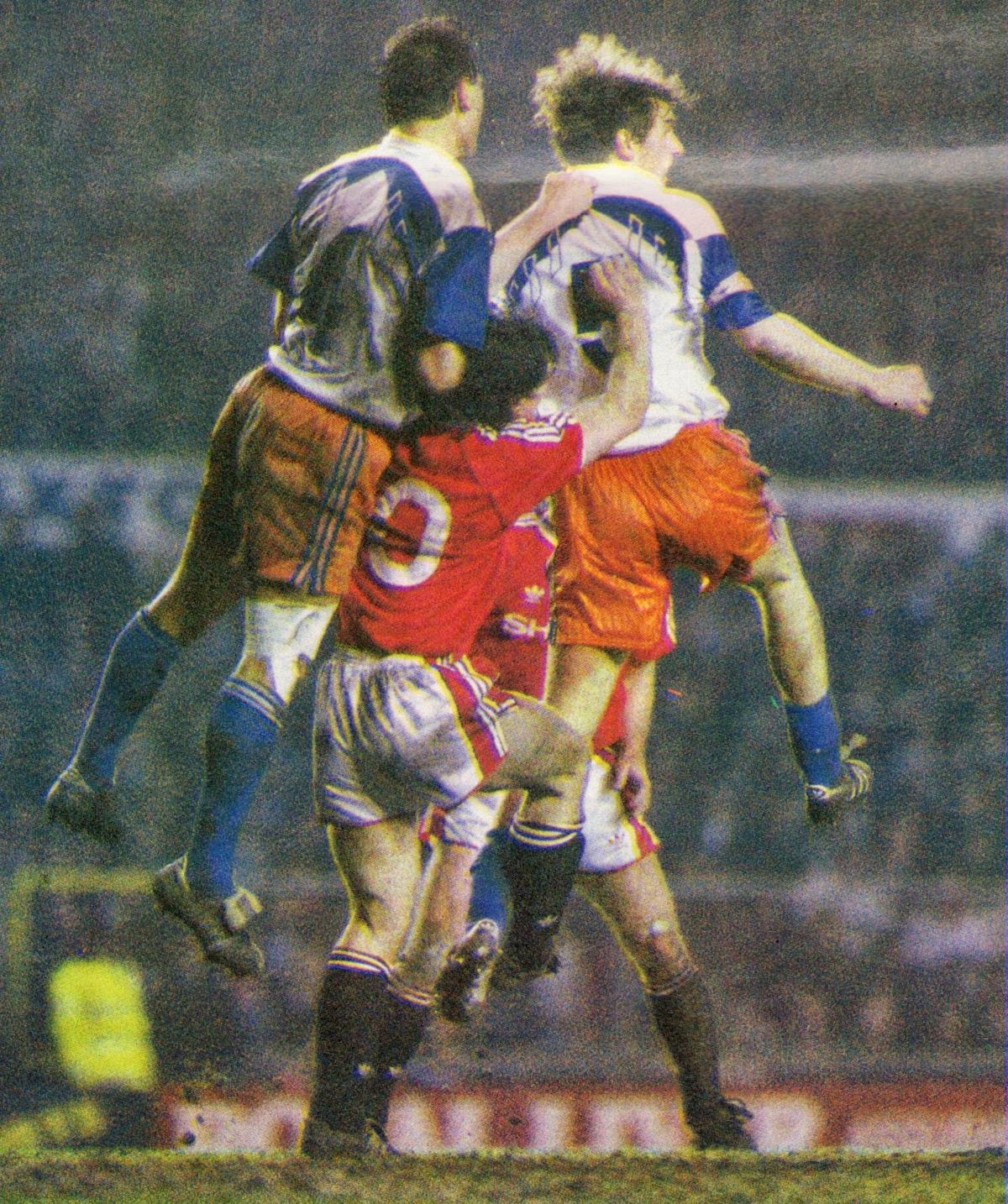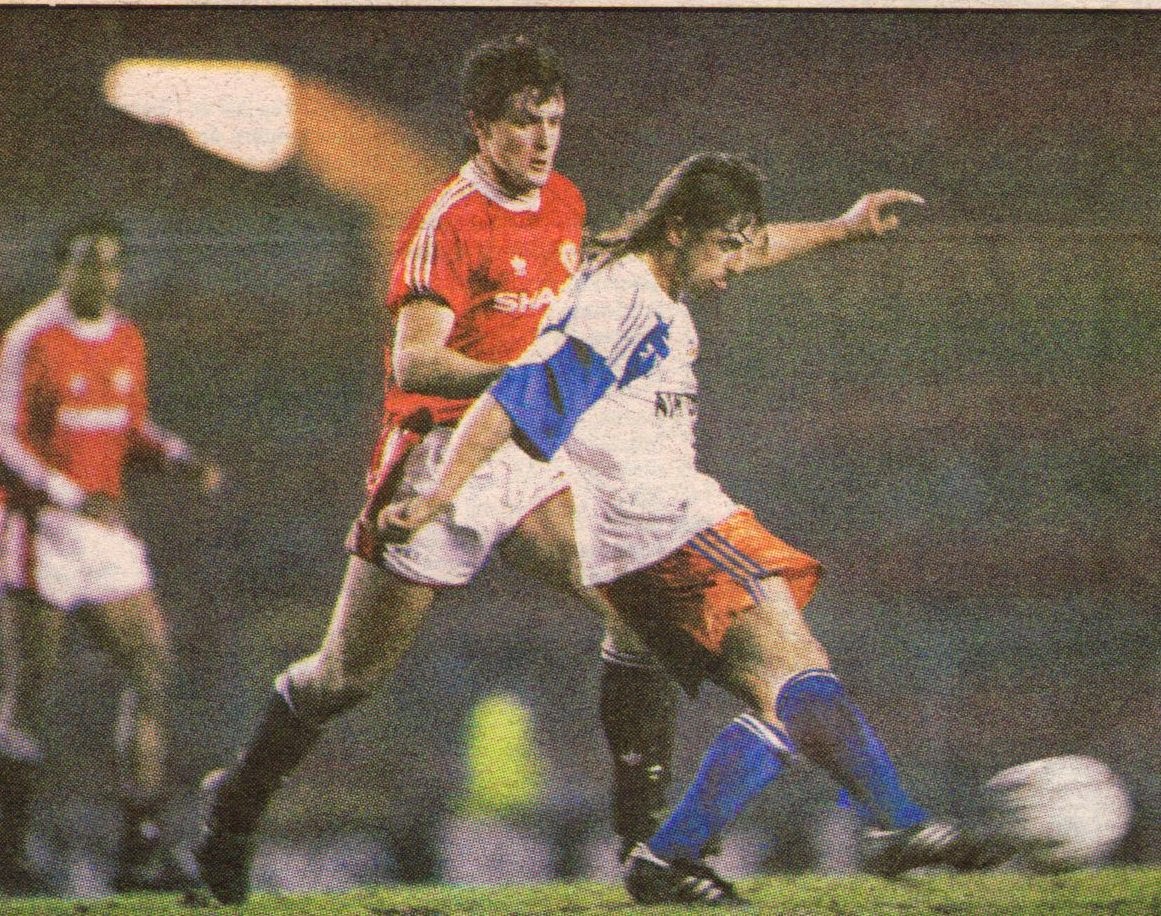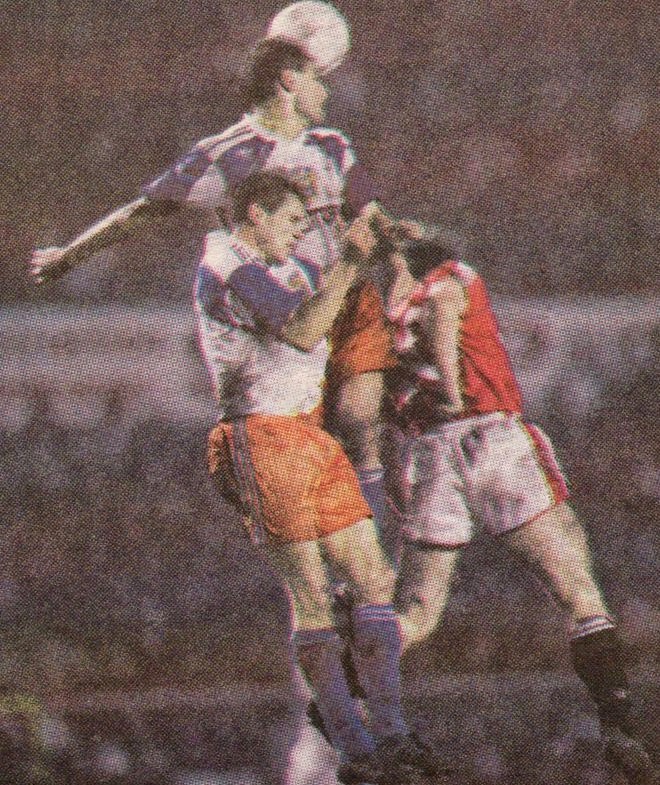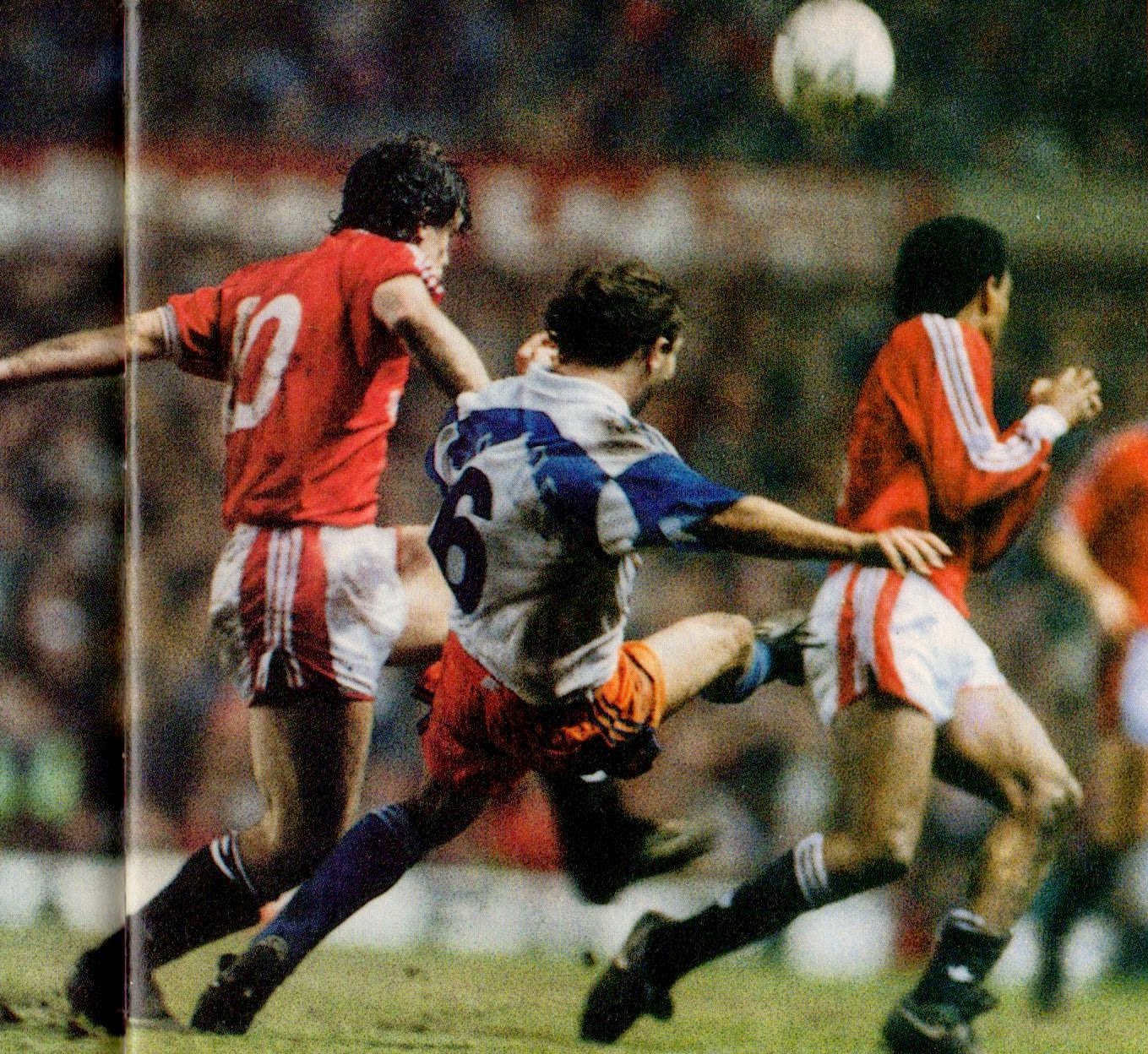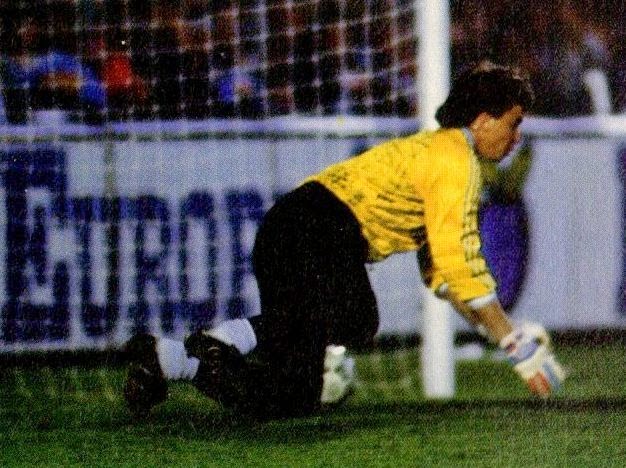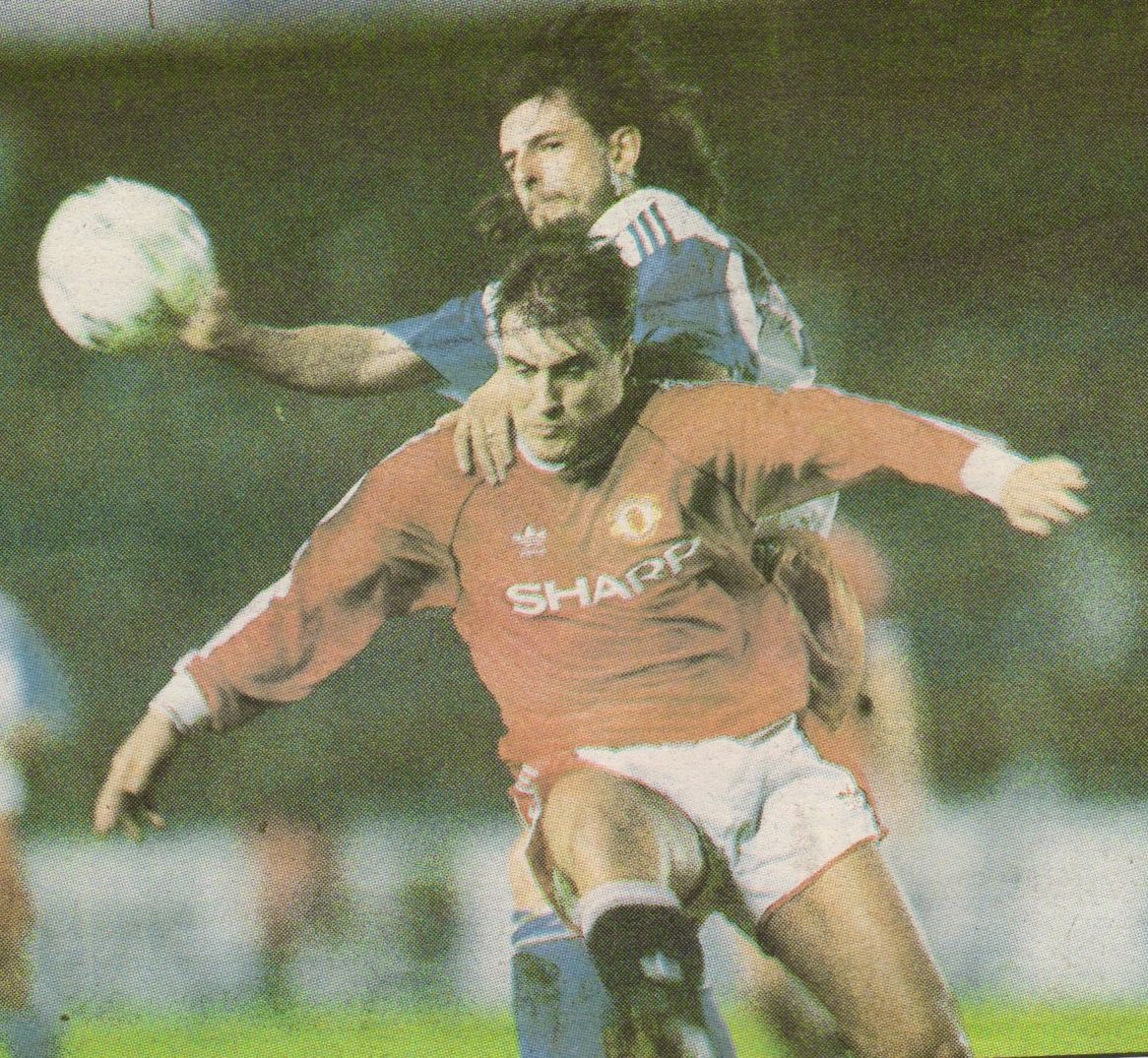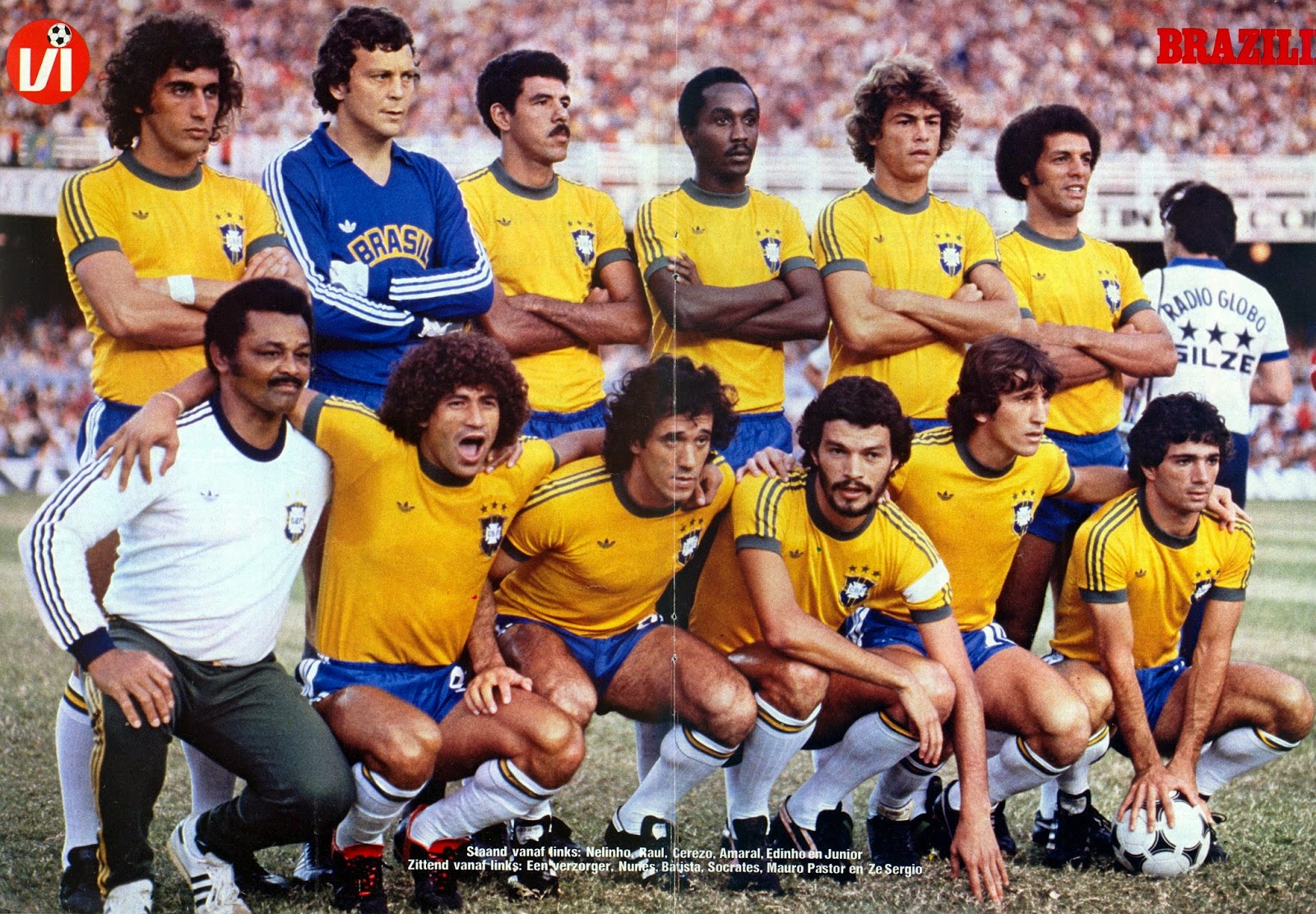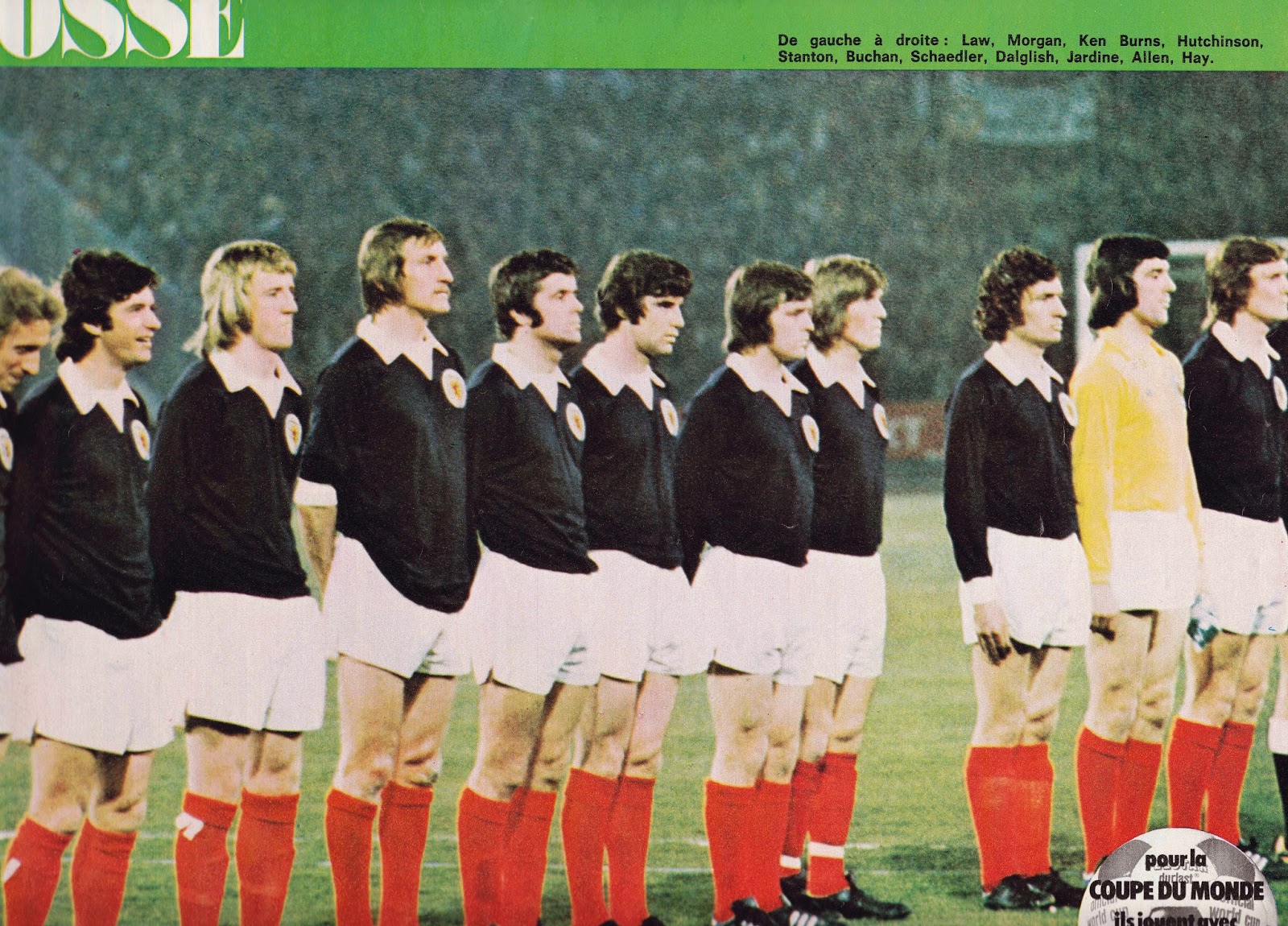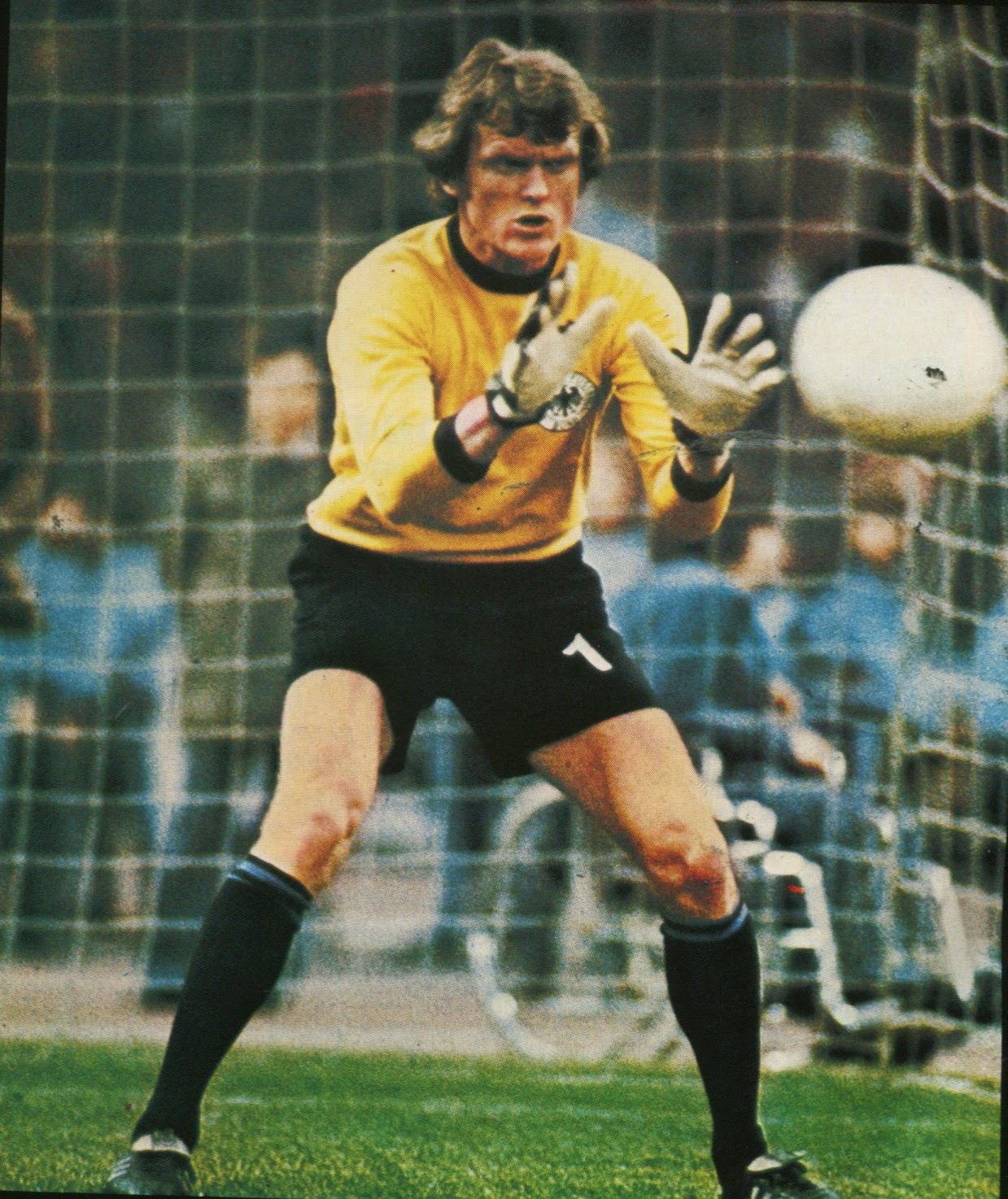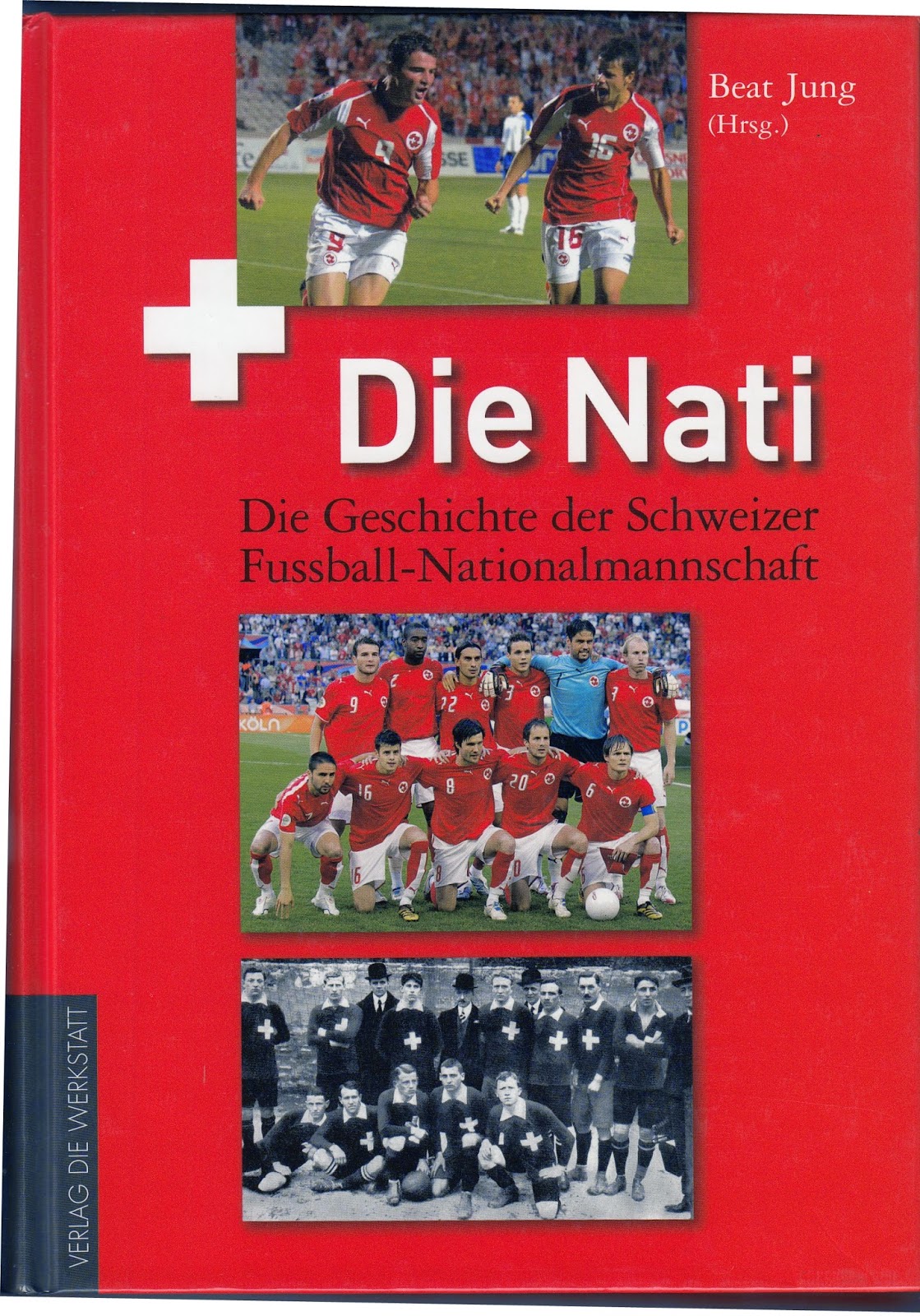Dinamo Bucharest and SV Hamburg were paired in the Second Round of the 1983/84 Champions Cup.
The Romanian Club Dinamo Bucharest, managed by Nicolae Dumitru, were Romania’s Champions for two years running, on their way to their third title.
They were led by skipper and goalkeeper Dumitru Moraru and other Romanian Internationals such as Rednic, Dragnea, Andone and Augustin.
They had qualified from their opening Round by defeating Finnish Club Kuusysi Lahti away and home (1-0 and 3-0 respectively).
The defending Champions Cup winners SV Hamburg of West Germany were a different side from the all-conquering squad of the previous years. Though, at the top of the League at the time, they were clearly not as strong as before.
Captain and veteran goalscorer Horst Hrubesch had been transfered to Belgium’s Standard Liege. While Danish striker Lars Bastrup had returned home to the Danish League.
The Hamburg hierarchy had felt Hrubesch was getting older and it was time for a younger replacement.
In their place, the Hamburg Management had acquired Dieter Schatzschneider and Wolfram Wuttke.
The team was managed by the Austrian Happel and contained a host of Internationals, such as Felix Magath, Manfred Kaltz, Dietmar Jakobs and Wolfgang Rolff.
They had received a bye in the First Round, as they were the defending Champions and this was their first entry in the Competition.
The first leg, on October 19th, was played at Bucharest’ Stadionul 23 August.
Dinamo scored their first two goals by two defensive errors by goalkeeper Stein and Kaltz.
By then Allan Hansen had already replaced Michael Schroeder after an injury.
Augustin and Multescu scored the first two goals.
![]() |
Photo From: Sport , October 1983 (Team captains Magath and Moraru) |
In the 29th minute, Stein gave away a corner which was taken from the right side, it quickly arrived to Augustin on the six yard line and he headed home.
![]() |
Photo From: Sport , October 1983 (Ionel Augustin scoring Dinamo’s first goal) |
Gheorge Multescu scored a beautiful long distance shot that Stein was unable to save in the 62nd minute.
![]() |
Photo From: Sportul , October 20, 1983 (Stein beaten on Multescu’s long range effort) |
![]() |
Photo From: Sport , October 1983 (Rednic and Jakobs) |
With less than 10 minutes left, Kaltz made a bad pass in Dinamo’s half of the field that was intercepted and Orac went through three defenders to score.
![]() |
Photo From: Sport , October 1983 (Costel Orac scoring Dinamo’s third goal) |
Many bottles were thrown on the field by Romanian fans, at one point Happel even started to complain to the Referee about it, which caused a delay of three minutes.
![]() |
Photo From: Sport , October 1983 (Dragnea heading) |
Happel declared that Schatzschneider should have scored twice before Dinamo scored their first goal. He added that the Referee should have awarded a penalty kick after a foul on Rollf. Despite the heavy loss, he expressed confidence that the team could overturn the score with Wuttke back on a striker.
Even though, it was a heavy loss, many in Hamburg still believed that they could overturn it at home.
![]() |
Photo From: Sport , October 1983 (Multescu and Groh) |
October 19, 1983
Clubul Sportiv Dinamo Bucuresti (Romania) 1-Hamburger Sport-Verein e.V. (West Germany) 0
Champions Cup- Second Round, First Leg
Venue: Bucharest (Bucuresti) -Stadionul 23 August
Attendance: 70,000
Referee: Jan Keizer (Holland)
Goalscorers: (Dinamo Bucuresti): Ionel Augustin 29th,
Gheorge Multescu 62nd, Costel Orac 79th
(SV Hamburg): None
Lineups:
Dinamo Bucuresti:
1-Dumitru Moraru, 2-Mircea Rednic, 3-Ion Marin, 4- Ionel Augustin, 5-Alexandru Nicolae, 6-Ioan Andone, 7-Cornel Talnar (16-Lica Movila 67th), 8-Gheorge Multescu, 9-Marin Dragnea, 10-Alexandru Custov, 11-Costel Orac
Coach: Nicolae Dumitru
Booked: Ionel Augustin 4th
Team Captain: Dumitru Moraru
Official Kit Supplier/Designer: Adidas
Shirt Sponsor: None
Uniform Colors: White Shirts, White Shorts, White Socks
SV Hamburg:
1-Uli Stein, 2-Manfred Kaltz, 3-Michael Schroeder (12-Allan Hansen (Denmark) 26th), 4-Dietmar Jakobs, 5-Holger Hieronymus, 6-Jurgen Groh, 7-Wolfgang Rolff, 8-William Hartwig, 9-Dieter Schatzschneider, 10-Felix Magath, 11-Jurgen Milewski
Coach: Ernest Happel (Austria)
Booked: Dietmar Jakobs 57th, Wolfgang Rolff 88th
Team Captain: Felix Magath
Official Kit Supplier/Designer: Adidas
Shirt Sponsor: BP (British Petroleum)
Uniform Colors: Red Shirts, Red Shorts, Red Socks
The second leg, on November 2nd, was played at Hamburg’s Volksparkstadion.
For Hamburg, Wehmeyer and Wuttke were in the team replacing Schroeder and Milewski from the First Leg. For Dinamo, Stanescu and Movila started in place of Augustin and Talnar from the First Leg.
SV Hamburg had to win by more than three goal margin and they attacked from the start. They were rewarded just before halftime, when Dietmar Jakobs scored from a header after a corner from the right taken by Wehmeyer.
They scored two more goals midway through the second half.
In the 56th minute, Felix Magath took a free kick from the left side that was headed down into the net by Dietmar Jakobs for his second goal of the evening. Moraru attempted to save it, but the ball rolled under him and crossed the line.
Seven Minutes later, Hartwig took a throw-in from the right side, that reached the goalmouth untouched despite players trying to reach it and substitute Thomas von Heesen who had only replaced Kaltz minutes earlier scored Hamburg’s third from close range.
At this point it appeared that Hamburg might just be able to score the deciding fourth goal.
Despite Pressure, Hamburg were not able to breach Dinamo’s defense anymore.
In the 77th minute, Schatzschneider missed an opportunity to score the fourth goal after a cross by von Heesen.
With four minutes remaining, on a breakaway , the ball reached on the left side to Talnar who went across the goalmouth and took a low shot to the right of Stein.
This dealt a killer blow to Hamburg’s hopes of qualifying.
With Hamburg lost and resigned, Dinamo scored another a minute before the end of the match by Multescu on another breakaway.
![]() |
Photo From: France Football, Issue 1961 , November 8, 1983 (Hartwig in the middle of the action) |
After the match the Hamburg contingent could not hide their disappointment for conceding two late goals. Magath stated that ‘we have defeated ourselves’, while Happel stated that ‘in forty years of Football, I had never seen anything like that’.
The scapegoats were the two new recruits (Schatzschneider and Wuttke) and by extension Gunter Nezter (SV Hamburg’s General Manager) who had recruited them to replace Hrubesch and Bastrup. They were considered by many to be sub standard replacements.
Dinamo Bucharest went on to defeat Dinamo Minsk in the Quarterfinals, but were eliminated by eventual winners Liverpool in the semifinals.
SV Hamburg finished runners-up to Stuttgart in the Bundesliga and have not regained their prominence since. In a way this match precipitated Hamburg’s decline.
November 2, 1983
Hamburger Sport-Verein e.V. (West Germany) 3-Clubul Sportiv Dinamo Bucuresti (Romania) 2
Champions Cup- Second Round, Second Leg
Venue: Hamburg-Volksparkstadion
Attendance: 55,000
Referee: Kjell Johansson (Sweden)
Goalscorers: (SV Hamburg): Dietmar Jakobs 45th, 56th,
Thomas von Heesen 63rd
(Dinamo Bucuresti): Cornel Talnar 86th, Gheorge Multescu 89th
Lineups:
SV Hamburg:
1-Uli Stein, 2-Manfred Kaltz (12-Thomas von Heesen 59th), 3-Bernd Wehmeyer, 4-Dietmar Jakobs, 5-Holger Hieronymus, 6- William Hartwig, 7-Wolfgang Rolff, 8- Jurgen Groh, 9-Dieter Schatzschneider, 10-Felix Magath, 11-Wolfram Wuttke
Coach: Ernest Happel (Austria)
Team Captain: Felix Magath
Official Kit Supplier/Designer: Adidas
Shirt Sponsor: BP (British Petroleum)
Uniform Colors: White Shirts, White Shorts, White Socks
Dinamo Bucuresti:
1-Dumitru Moraru, 2-Mircea Rednic, 3-Nelu Stanescu, 4-Ion Marin, 5-Alexandru Nicolae, 6-Ioan Andone, 7- Lica Movila (16- Cornel Talnar 64th), 8-Gheorge Multescu, 9-Marin Dragnea, 10-Alexandru Custov, 11-Costel Orac
Coach: Nicolae Dumitru
Booked: Andone 19, Rednic 30, Movila 44
Team Captain: Dumitru Moraru
Official Kit Supplier/Designer: Adidas
Shirt Sponsor: None
Uniform Colors: Red Shirts, Red Shorts, Red Socks
















